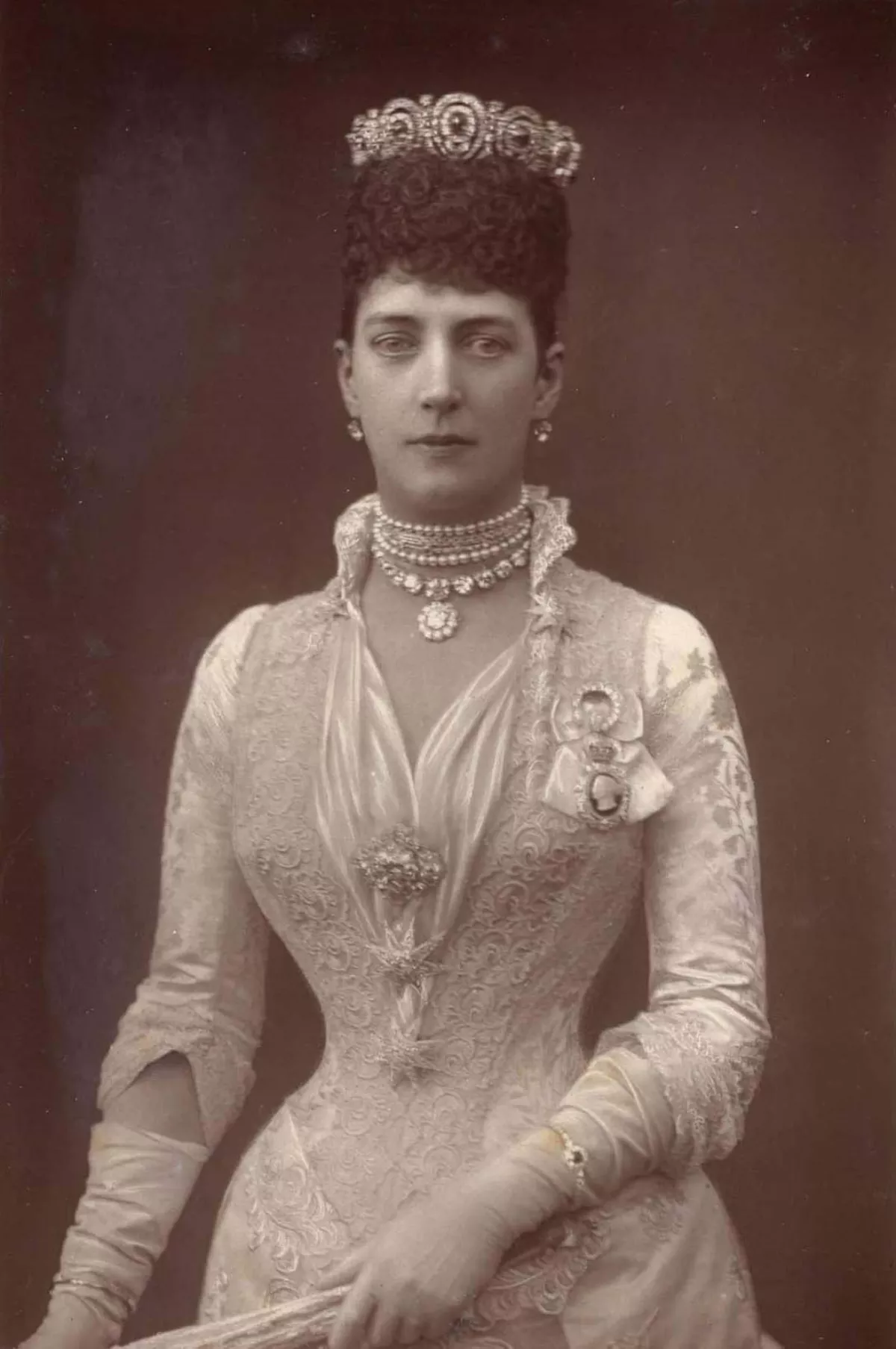 1.
1. Alexandra's family had been relatively obscure until 1852, when her father, Prince Christian of Schleswig-Holstein-Sonderburg-Glucksburg, was chosen with the consent of the major European powers to succeed his second cousin Frederick VII as King of Denmark.